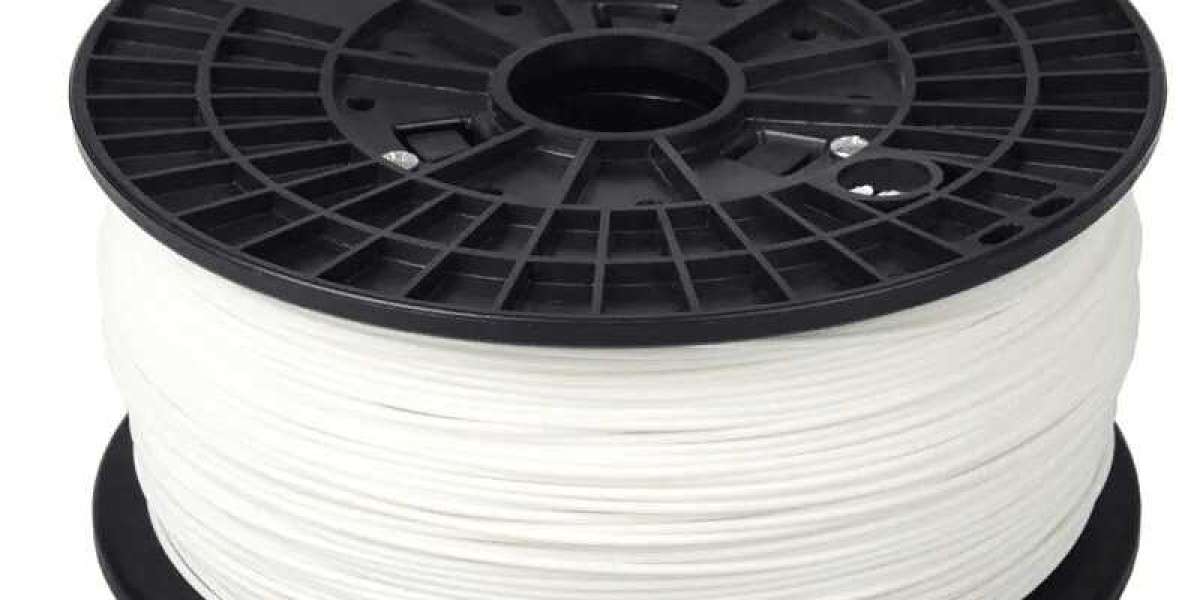I found that when printing with bulk PLA filament, I often encountered some technical problems, such as unstable print quality, model deformation, etc., which seriously affected the printing efficiency and finished product quality. The following is my summary of the method.
First, we need to understand the common problems with bulk PLA filaments and their causes. PLA filament is susceptible to temperature and humidity during printing, resulting in changes in material properties. For example, too high temperature will soften the material and easily cause blockage of the print head; If the temperature is too low, the material will become brittle, and it is easy to break when printing. In addition, PLA material is more sensitive to humidity, and too high humidity will cause the material to absorb water, resulting in bubbles and deformation during printing. To solve these problems, we can adopt the following solutions.
Control print environment
Maintaining a stable printing environment is the key to solving bulk PLA filament problems. First of all, it is necessary to ensure that the temperature of the printing room is moderate, generally between 20-30 ° C, to avoid the effect of too high or too low temperature on the material properties. Secondly, the humidity of the printing room should be controlled to keep it between 30% and 50% to prevent the PLA material from absorbing too much water. Air conditioners and dehumidifiers can be used to regulate indoor temperature and humidity, providing a stable environment for printing.
Optimize print parameters
Reasonable setting of printing parameters is very important to improve the printing quality. When printing with bulk PLA filaments, it is necessary to adjust the printing speed, printing temperature and height according to the characteristics of the material. Generally speaking, the printing temperature of PLA material is between 190-210 ° C, and the printing speed should not be too fast, and 30-60mm/s is appropriate. In addition, the appropriate height setting can also improve the printing accuracy and surface quality. Through continuous testing and adjustment, we can find the most suitable printing parameters for our own equipment, which can effectively solve various problems in the printing process.
Use high quality PLA filament
The quality of directly affects the printing effect. There are many PLA filament brands on the market, and the quality is uneven. Choosing a high-quality brand can reduce problems and failures in the printing process. In addition, pay attention to the storage of PLA filament to avoid long-term exposure to the air, resulting in moisture and performance degradation of the material. It is recommended to store the PLA filament in a dry and cool place and use a sealed bag or special storage box for storage.
Maintain and clean printing equipment regularly
The state of the printing device also has a great impact on the print quality. Regular maintenance and cleaning of the printing equipment can ensure the normal operation of the equipment and the printing effect. In particular, the print head and feeding system should be frequently checked for blockage and impurities, and cleaned and replaced in time. Professional cleaning tools and materials can be used for maintenance to ensure that the equipment is in good condition.
Use assistive tools and techniques
In order to further improve the quality and efficiency of printing, some auxiliary tools and techniques can be adopted. For example, the use of printing platform heating devices can reduce model deformation and improve adhesion; With support materials, additional support can be provided when printing complex models, reducing deformation and breakage. In addition, you can also try to use some professional printing software and plug-ins to optimize and control the printing process.
In short, solving the PLA filament bulk problem requires several aspects, including controlling the printing environment, optimizing printing parameters, selecting high-quality PLA filament, regularly maintaining printing equipment, and adopting auxiliary tools and technologies. Through continuous testing and adjustment, we believe that we will be able to find their own solutions to improve the quality and efficiency of printing.








